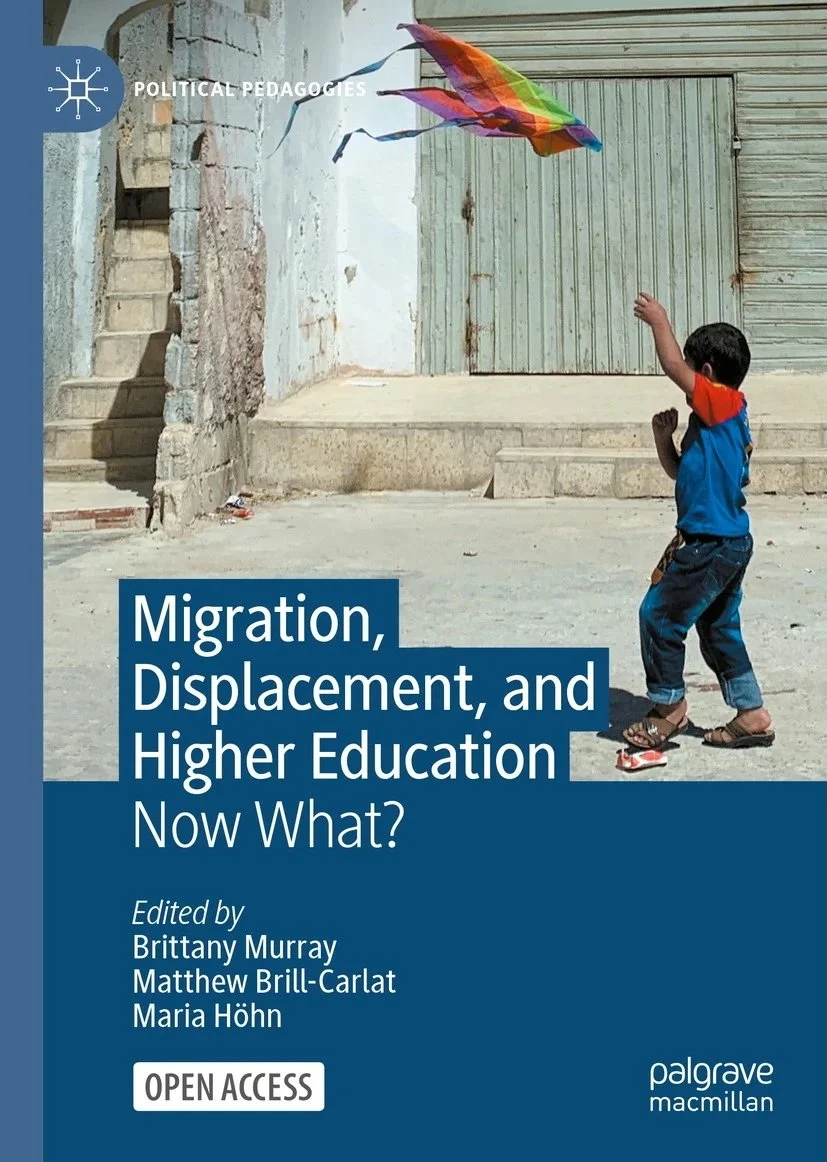Resources about the Chin community for non-community members
On this page, you will find some helpful resources for learning more about the Chin people in your community. Click the links in the table of contents on the right to jump to each section.
This page is still under construction, so check back later to view a fuller list of resources.
Chin State is located on the western border of Burma/Myanmar, on the border with India. Chin State has an area of about 14,000 square miles—less than half the size of Indiana. In this relatively small area, more than 50 different Chin languages are spoken!
To get a sense of the geography of Chin State and the number of languages spoken there, the Myanmar Information Management Unit has created a very useful map. Click on the map to download a high resolution PDF.
Learn more about Chin State and Burma/Myanmar
Learn how to pronounce Chin speech sounds and common Chin names
The unique speech sounds of Chin languages
Chin languages are known for having a number of speech sounds that are rare in the languages of the world. These sounds can often be tricky for non-native speakers to pronounce. To learn how to produce these sounds, we’ve written a short post (in progress) that will teach you some basic vocal tract anatomy and use that to describe how these sounds found in Chin languages are pronounced.
How to pronounce common Chin names
We have produced a two-part series of short videos where you can see some common Chin names and hear native and non-native speakers pronounce them. They will also give you some helpful tips to match the spelling with the right speech sound. You can find these videos linked below, or you can visit the CLRP YouTube channel.
How to say Chin names, Part 1 (A-M)
How to say Chin names, Part 2 (N-Z)
Learn more about multilingualism
A highly multilingual community
The vast majority of Chin people, in both Chin State and in Indiana, speak more than one language. In fact, according to our language survey from the summer of 2024, the average Chin person in Indianapolis speaks four languages, with some people reporting speaking as many as 15!
There has been a lot of research on the cognitive benefits of bi- and multilingualism. Studies have shown that bilinguals have advantages in executive function over monolinguals, even in infants! There have also been studies that suggest that multilingualism offers some protection against Alzheimer’s disease in one’s older years. (Diamond, 2010).
Linguistic diversity
The Chin community is not only highly multilingual, but linguistically diverse as well. The 50+ Chin languages that are spoken are very different from one another, though they are related. For example, here are translations of the English sentence “Didn’t the dogs chase you?” into three Chin languages.
Hakha Lai (aka Hakha Chin, Laiholh):
Uico nih an i dawi lo ma?
Lit. dog they-you chase not question?Lutuv (Lautu):
Uv ta caa cade va yi ma?
Lit. dog you chase not they question?Zophei:
Ui tah a ca deng ba hee ma?
Lit. dog they you chase not they question?
Even without knowing how exactly these are pronounced, just from the spelling, you can see how similar but different these languages are from each other! For example, all of the questions end with the word ma, but the word for “chase” is dawi in Hakha Lai, cade in Lutuv (Lautu), and deng in Zophei.
Learn more about the CLRP
A community of collaboration
To learn about how we at the CLRP think about community-led research and student learning through service, you can read our chapter “A Developing Community of Collaboration” in the book Migration, Displacement, and Higher Education. In it, we also discuss one of our projects called Linguistically Underserved Communities and Health (LUCAH), jointly conducted with the University of North Texas and California State University Fullerton, as a case study for this type of work.
Click the image cover on the right to access this free, open-access chapter.
Nurturing the next generation of community scholars
To hear more about our projects and our ethos, and to hear from our undergraduate Chin team members about their experience with the CLRP, you can watch our talk from the 8th International Conference on Language Documentation & Conservation in March 2023. You can view the video using the player to the left or on our YouTube channel.


